Brick flooring has been used for centuries in homes, in offices, as sidewalks and streets, and for buildings. The demand for the look of brick flooring is enough that brick pattern laminate flooring was created for people who wanted the look without having the rough texture and challenge of cleaning actual brick flooring.
Why is Brick Flooring Widely Preferred?
Bricks can create almost any look in your home, from casually elegant to practical and welcoming. Brick floors are easy to care for and exceptionally durable. Since you can lay brick in any number of patterns, you can create a high-design, one of a kind look for your home. A lot of people opt for brick flooring these days due to the multiple possibilities it brings to the table.
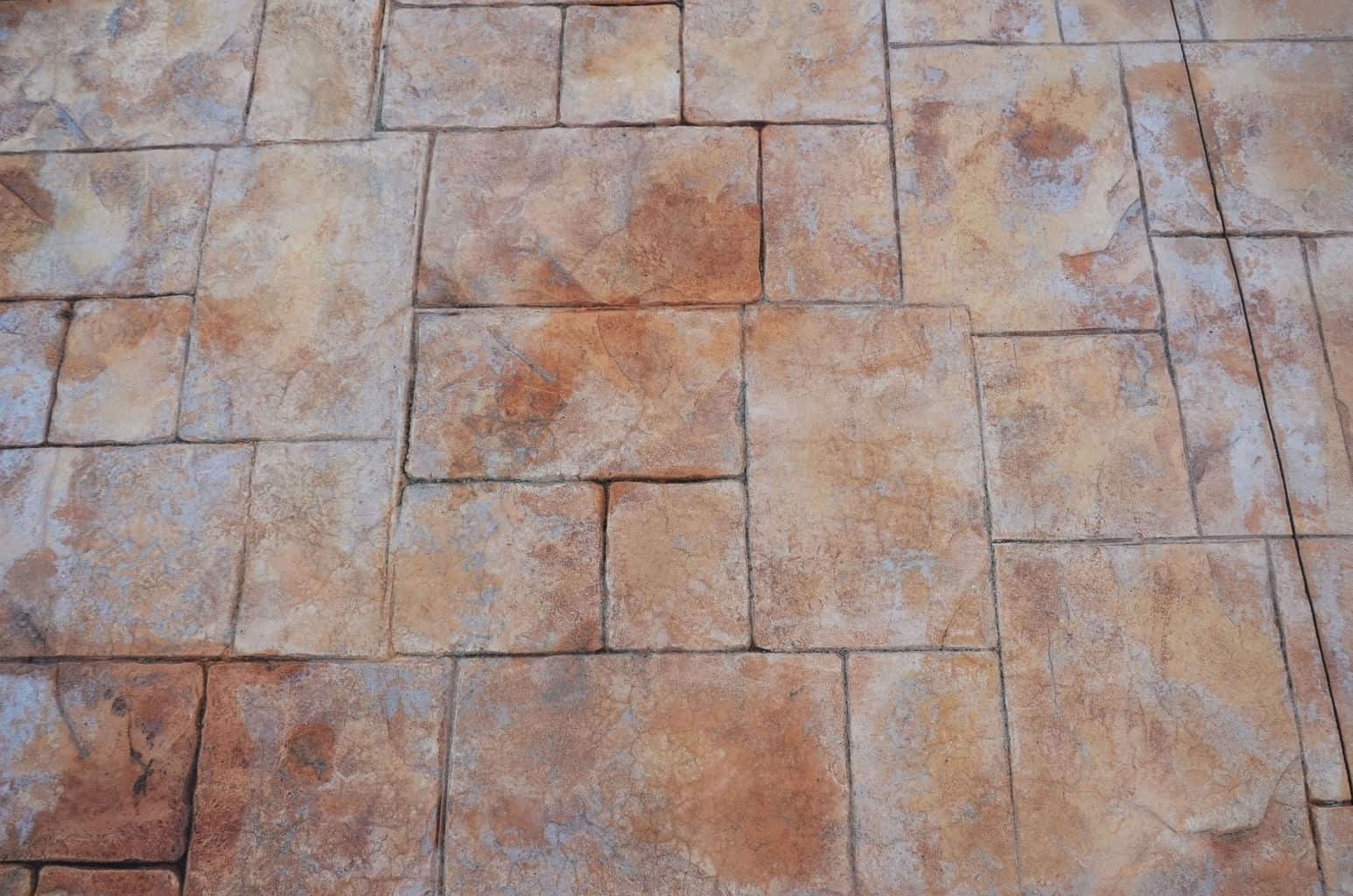
Advantages of Brick Flooring
Brick flooring consists of thin tiles (usually 1/2″ and 15/16″ in thickness) that are applied to floors with mortar or other adhesive. The result is a warm-hued and natural floor that can last for many years. Some of the greatest advantages of brick flooring include:
- Fade-Resistant: As you can tell by driving through any town in any state, bricks maintain their beauty in the face of sun exposure. Brick homes and buildings do not fade in the sun, and neither will your brick floors.
- Fire-Retardant: Brick is a natural flooring option that, like stone, is fire retardant. This makes brick flooring a great choice for homes, especially in the kitchen. If the idea of a home fire worries you, consider brick flooring to alleviate some of that worry.
- Durability: Brick resists wear and tear much better for much longer than most flooring options; certainly much longer than options like hardwoods or carpeting. Roads have been paved with bricks, monuments have been built with bricks, and if you choose brick flooring for your home, you will find it will last for decades or longer.
- The Feel: Not only does brick flooring provide an anti-slip surface, but brick stays cool in warmer weather and holds in heat in colder weather. While bricks themselves are rough, interior brick floors are sealed and therefore much smoother than what you may imagine. While incredibly durable, brick floors actually have a surprisingly soft feel underfoot.
- The Look: This is, of course, the greatest advantage to brick flooring. The beautiful, rustic textures and warm coloring of the floors make brick a homey choice that can range from elegant to rough-hewn. While brick floors are inexpensive, they still manage to exude a special kind of sophistication and vintage appeal that make brick flooring a really special choice for the home.
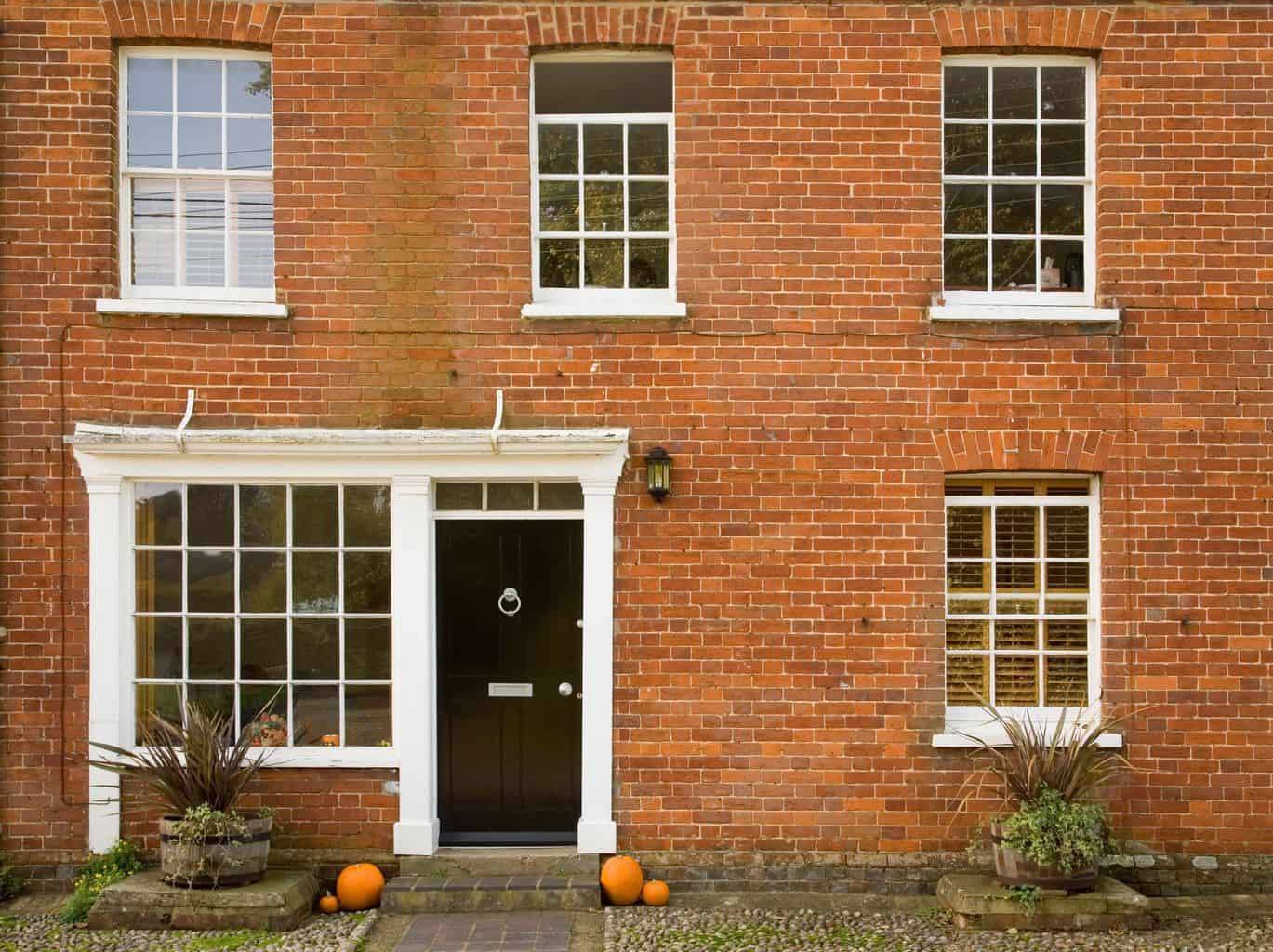
Challenges in Choosing Interior Brick Flooring
There are, of course, challenges to using interior brick flooring. Some of the most significant of these challenges include:
- Installation: While installing brick flooring is possible for anyone, it really is recommended that you find a professional who has experience installing interior brick floors, which can be more of a challenge in some areas or if your budget does not allow for hiring a professional.
- Maintenance: While cleaning and maintaining brick floors is not necessarily more difficult than with any other flooring option, it does require special considerations, especially when selecting cleaning solutions or when dealing with repairs.
- Uneven Surface: If installed incorrectly or on an uneven or not solid foundation, brick floors can become uneven.
- Rough Texture: While interior brick floors are typically sealed, making them significantly smoother, unsealed brick can be rough, especially at any edges.
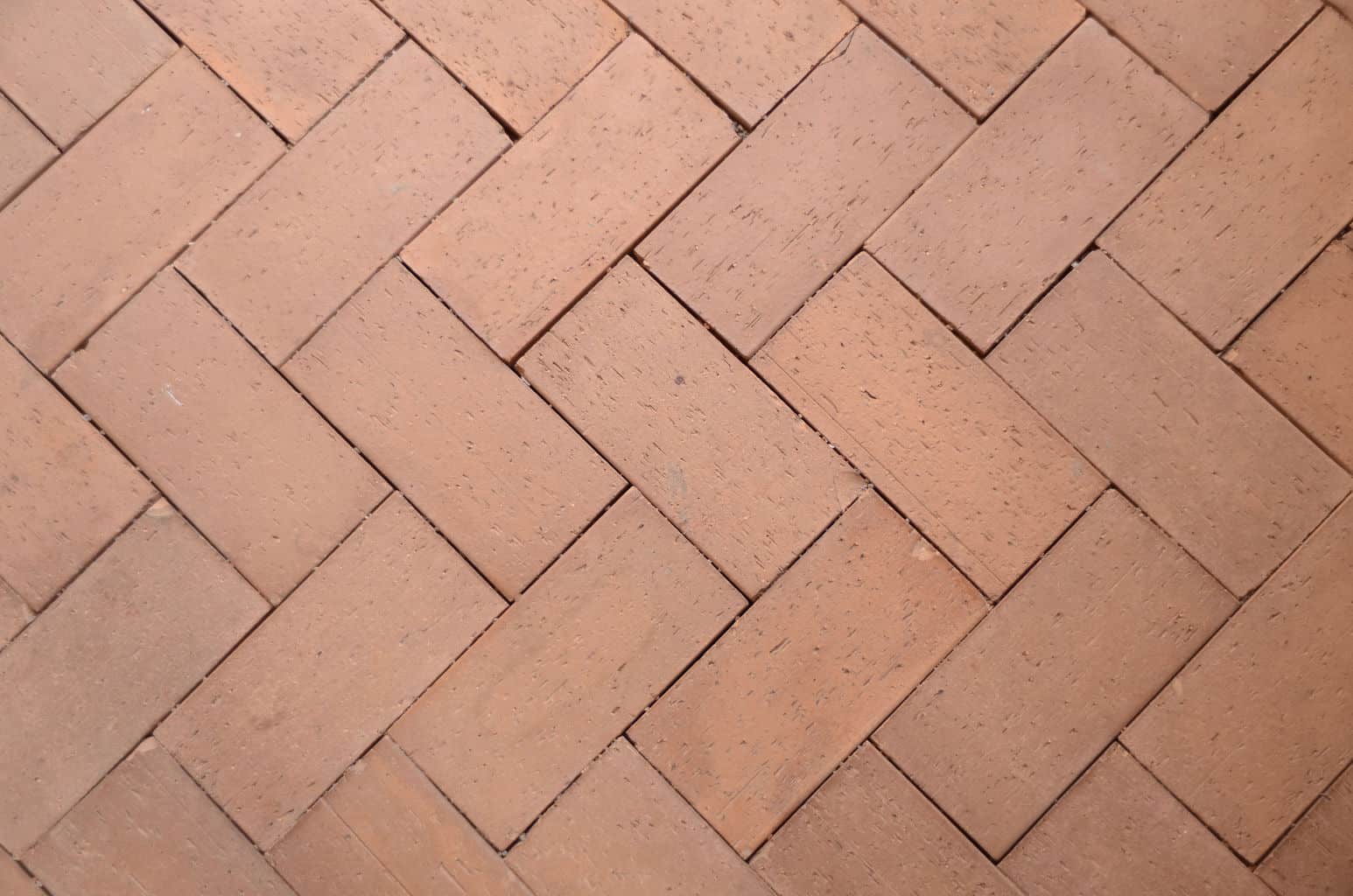
All You Need to Know About Interior Brick Flooring
Interior brick flooring is made by combining finely ground clays, shale and raw materials to produce hard surfaces. The materials are pressed, cut, and fired in a kiln at high temperatures. The result is thin brick flooring tiles that have the durability and beauty of brick and the convenience of tile flooring. Most manufacturers will apply a sealant or a chemical mixture after firing to seal the porous brick surface to make cleaning easier. Most brick floors will have to be resealed after installation to ensure they are easy to clean.
One will note that there is a huge importance placed on the ability to clean the brick flooring post installation. This can especially be noted in the case of brick pattern laminate flooring, where the challenge of cleaning brick flooring is adequately addressed. Laminate flooring suppliers, such as Lumber Liquidators, offer laminate flooring in a wide range of styles and colors, mimicking all types of traditional flooring but offering the ease of cleaning and maintenance in tandem with the low price that has come to make laminate such a popular choice for homeowners.
A brick flooring interior can be not only attractive but also quite durable. Brick floors vary widely in hardness, depending on the actual combinations of materials that go into their production. Brick floor tiles that have been made from poorer-quality or coarser-ground materials are more porous, softer, and more likely to chip and crack. Higher-quality brick tiles have a hardness comparable to some ceramic tiles, especially when sealed or treated. In general, customers can often find brick tile floors with a Measurement of Hardness (MOH) rating that is 5 or 6.
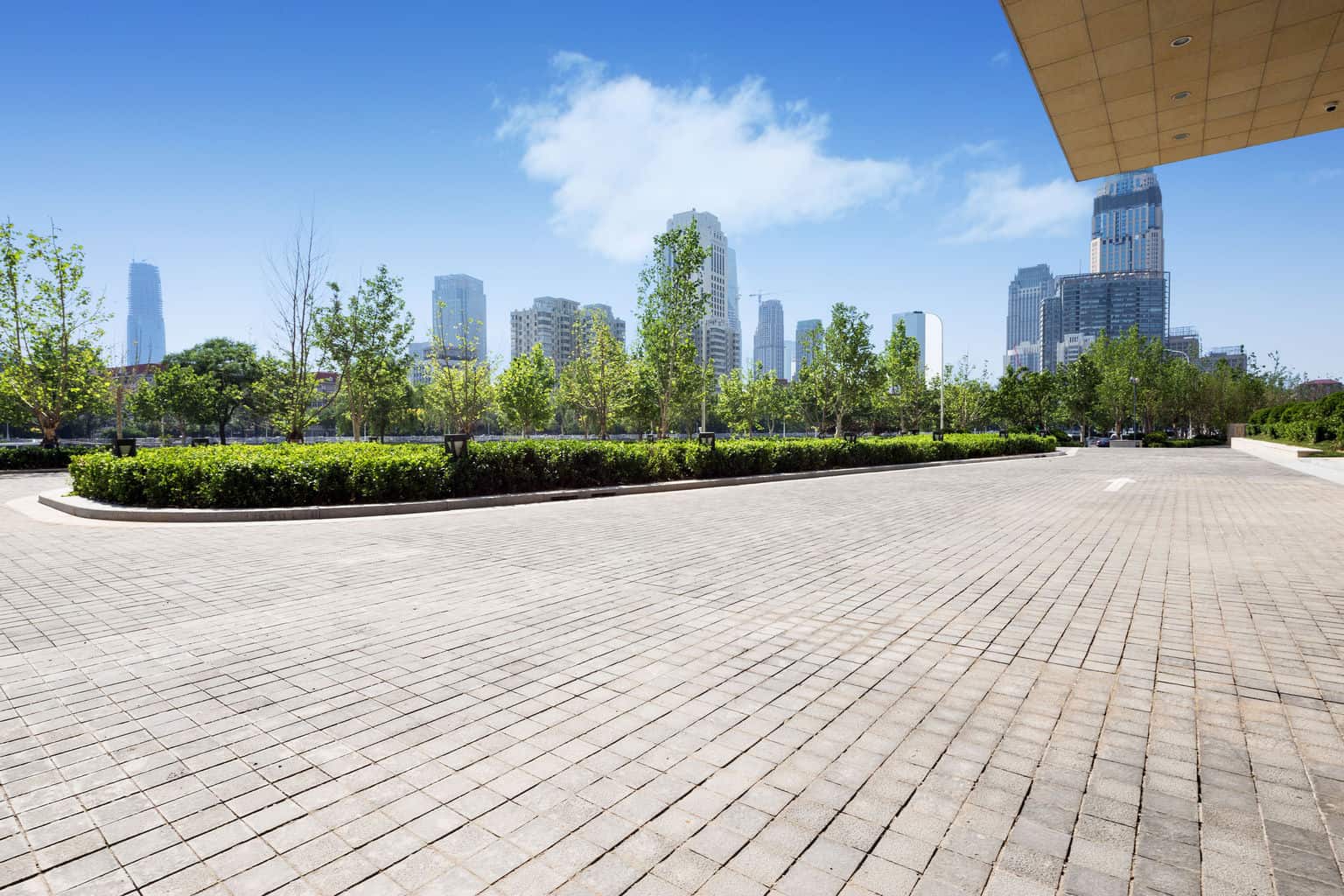
Installing Brick Flooring
Installing exterior brick flooring is not such a difficult task in theory. With a bit of practice, one can lay brick flooring without any professional help. However, when laying interior brick or laying pavers in a congested space, or if you have to remove existing flooring prior to laying the brick, it is recommended that you seek expert help. Hiring a professional is the best way to head off any potential trouble, which can save you a lot of headache in the future.
Interior brick floors can be both challenging and time-consuming to install. While the determined and patient do-it-yourselfer can install interior brick floors, most customers are generally better off reserving the project for professionals. Generally, it is advised to seal the interior brick flooring after installation. Without a sealant, interior brick flooring may be more prone to chipping and harder to clean than other types of flooring. But installing and sealing brick flooring uses lots of chemicals. Consequently, you should hire the work out and arrange to be gone until the floors are completely finished and the house has been well-ventilated.

Alternate Brick Flooring Options: Brick Laminate and Brick Vinyl Tiles
Brick floors have been trusted throughout history as practical and durable flooring options. Bricks are in fact considered humanity’s oldest manufactured building material. They have been used since 1330 BC for walls, roads, monuments, floors, and other crucial building projects. When you make the choice to use brick flooring, you are choosing a truly historical and well-established option for your home. As the vintage and classic style has made a resurgence in popularity these days, more people are lead to install brick flooring in their homes.
Brick floors can sometimes be rough and uneven, however. To avoid this, some customers select brick pattern laminate or vinyl flooring. Brick vinyl flooring provides a smooth and durable surface, while still retaining the beauty of natural brick.
Additionally, installing laminate or vinyl flooring tiles is a comparatively simple practice that can be tackled by any DIY-er with a little patience and preparation. While quality laminate and vinyl options mimic beautifully the look of brick flooring, it is impossible for anything to really compare with the feel of brick, so if this is part of the draw for you, laminate and vinyl options really will not be able to compete with the real thing.
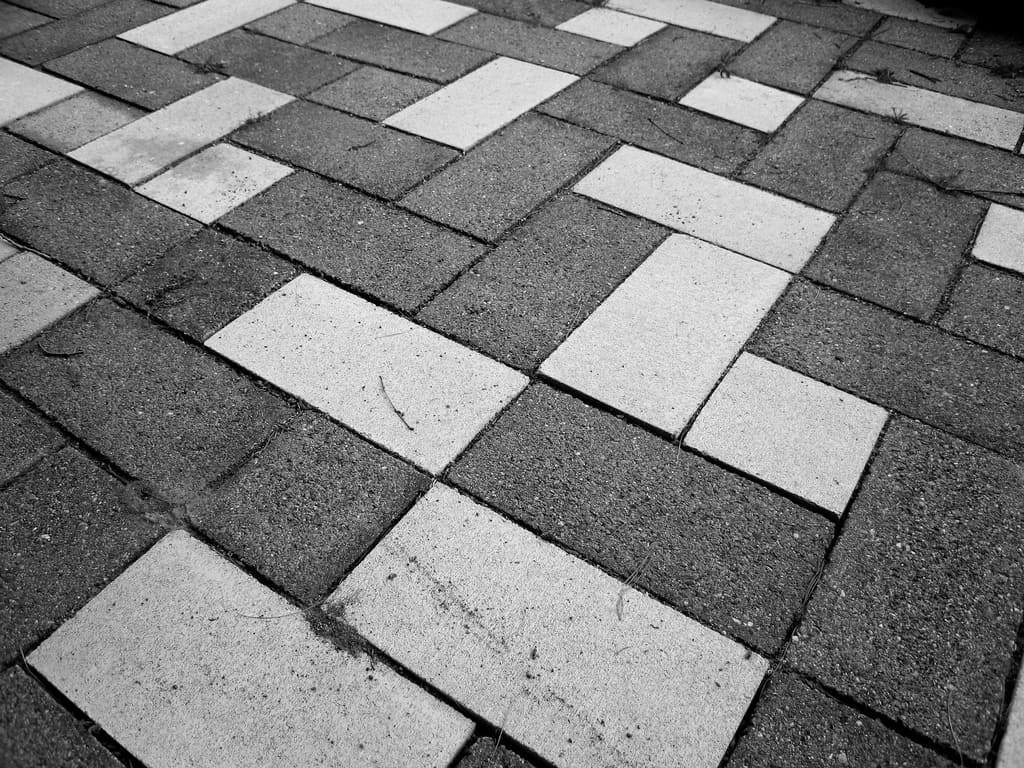
Choosing Interior Brick Flooring
Despite the few disadvantages, indoor brick flooring is still a good choice. Thin, high quality brick flooring makes for a beautiful and lasting floor for almost any room of the house. Cleaning brick flooring is generally quite simple, as most brick floors are treated and glazed. To clean these floors, a mop or broom is all that is needed. Brick floors can also be vacuumed.
If you are determined to do-it-yourself for your brick flooring installation, it is possible with a little perseverance and determination. Try practicing on a smaller scale before attempting your actual home project. Check out the short video below on brick flooring installation for a quick overview of the process. Fortunately, the materials used for brick flooring are typically inexpensive enough that you can afford to adequately practice beforehand. However, repairing or correcting flooring that has been done poorly can become more expensive, so it is worth taking the time to be sure the initial installation is done properly.
By far the best advantage of brick floors, though, is their elegant durability. Bricks have been used on roads and have been used to create buildings. If brick can make long-lasting roads and buildings, you know they will stand up to years of foot traffic in your home. If you are on a tight budget and want a flooring that is durable and long lasting, then look no further than brick flooring.
If you have always wanted a unique, rustic flooring option, brick flooring is a great choice. The fire-proof and fade-proof brick floor is perfect for adding years of beauty to your home, while increasing its value too.

Hi: I want to brick my front porch floor which is currently just concrete slab. Can I just lay the brick over the slab with grout just like laying tile? I want to use the thicker regular brick, not pavers, because I want the extra height on the floor….is it OK to use regular brick and not pavers? What prep would I need for the concrete slab and what kind of finish would be needed for the finished product and is this a good idea or not?
We have brick pavers that had a rug on top on them. Under the rug was a non slip rug pad that is now stuck to the brick floors. Any suggestions on how to get this pad off of the floor?
Hi Colleen,
I’d suggest hot water and a scraper and/or scrub brush first. This may not get it all. I know I’ve heard of people using such things as nail polish remover (ugh!) to remove it – it can work, but will also strip any finish. I’m guessing you’ll at least need to strip the area and refinish that area – hopefully you won’t need to do this to the whole floor. Oh – and don’t use area rugs that have a rubber backing.
Was brick used as interior floor in houses built in the late 17th century? If not brick, what else would be in a hallway, besides wood?
Hi Cynthia,
Yes, brick was used, as well as slate, flagstone, porcelain (for the rich people!), ceramic tiles……….
To get a better idea, take a peek at old buildings in Europe – I’ll bet you can do a google search and find some.
What kind of a look are you going for? Something old English cottage style?
I bought a house3 years ago and now in the process of pulling up the carpet in it. I have beautiful hardwoods in most rooms. In the kitchen and den I have “broken brick looking” floors. I like it but I’m wondering what to call this type of flooring and how to maintain it. Any help would be good. Thank you.
Hi Velma,
Can you give me a little bit of a description as to what your “broken brick looking” flooring looks like? Do you mean that it looks like old bricks that have experienced a lot of life with chips and such ‘missing’ from them? Any idea if it’s actually made of brick? If so, it’s still considered brick flooring. Is the flooring sealed? If not, it should be. As far as cleaning goes, once it’s sealed you should only need to use a vinegar/water solution(1 part vinegar to 15 parts water or more) and use a microfiber mop. I always have a second one on hand that is clean & dry to kind of buff the floor with to get it really dry and avoid any streaking or smudging that can happen. A clean, dry microfiber cloth will do just as well too.
Thanks for your response. The best description that I can give is that the floor has a mosaic type pattern. The surface is almost flat and appears like one placed pieces down to create a pattern of various shapes and sizes but the material is from brick material. There is between the pieces. This house was built in 1963 and the den and kitchen has this flooring. Carpet was placed on top of this in the den and vinyl tile was placed on top of it in the kitchen. I don’t know how to tell if the floor is sealed but once I removed the carpet and swept away the dust and debrie, I damp mopped the floor just to pick up any remaining dust. In some spots, there appears to be a slight shine.
Ok, that helps some. What you really want to know (I think!) is for starters, is it sealed? It sounds like much of the sealer is going to be gone, since there are only ‘some’ areas that have a slight shine. What I would do is strip the floor so you can re-seal it and start out fresh. Since the floor is composed of brick, I would still refer to it as a brick floor. It sounds really interesting and unique – lucky you!
Be sure to use products that are made specifically for brick flooring. You can find a good range of quality products at aquamix.com – they’re site does a very good job of giving the consumer which products to use as well as when and why. They also have a very helpful staff to answer questions. I’m not saying that you have to use their products, or even that you should – there are others out there. Aquamix does the best job (in my opinion) of educating a consumer and also has MSDS sheets so you can see what is in the products. They also re-brand their products for some of the big-box retailers, but I don’t remember what the re-brand is called. They can help you with that too.
I know for sure you’ll need a stripper and a sealer. There are also deep cleaning products if you need them. You’ll have to figure out if you want a glossy, satin or flat finish. ;o)
Thank you. I wanted to let you know that today I went to Home Depot and described my flooring to a gentleman there. He told me that what the builder did was pour mortar on top of my concrete slab and place those brick pieces throughout to make it smooth. He believes that the flooring is actually tiles that some flooring places sell in broken pieces for people who want this effect. He too also said that I should strip the floor and seal it. He suggested a matte type finish if I didn’t want a hi-gloss (which I don’t). At the end, he told me that this type of flooring was called cracked mosaic terrazzo. Anyway, I like it and will take some pictures today. Thank you for everything.
Cool – and thanks for the info! ;o)
Hi i have old floor brick in my kitchen which were attempting to make good by removing dark concrete in between & liming in between the bricks instead, which looks so much better, however whilst using the lime it covers the bricks with a film of white lime which is so hard to get off even after several washes, what would you suggest to remove the lime film? (the bricks have been sealed with linseed oil initially),also what would be best to seal after? we have been advised either traffic wax or bourne seal? the traffic wax seams hard work as apparently it needs constant rewaxing?
Help!
I have a large garden room that is enclosed – Although the house was built in 1887 – the brick is not that old. I have no idea when it was laid or how it was sealed, but now the red brick is cloudy and gritty and dull. I have arranged for a man to strip and clean the bricks with a machine and vinegar and water – he suggested a sealant called Okan (spelling?) When we tried a test strip I couldn’t see much difference. The local brick company – an hour and a half drive from here recommends a water based sealant called”Plaza”. Could you recommend something that would give a medium shine to the brick and a more pulled together finish without a plastic-like appearance? I don’t have time o drive 3 hours to pick up the “Plaza” before the workman arrives on Saturday. P.S. We do have a Home Depot here.
Thank you so much!
Hi Emma,
I would recommend products from http://www.aquamix.com. Their products are wonderfully user friendly and they have products made specifically for brick flooring. They have a product too, that will help to clean off the excess grout as well. Good luck!
Hi Emma,
See the post above, I would think it’s carried at HD. I do know also that the aquamix line is also called something else (referred to as re-branding), but I can’t remember the name. The aquamix website has their toll-free number listed and the customer care line people are always friendly and helpful – I’m know they’ll be able to tell you the name and which of the big-box stores carries which items. Good luck!
The home we have just purchased has brick floors in the dinning room as well as the kitchen,from what im told this area used to be the outside inclosed porch and was ade into the rooms we now have.My question is how I should go about putting a new floor in.The brick floor is very uneven and looks bad,I would like to have a tile floor but I have no idea what to do to make the floor even.Please Help
The brick would have been laid on top of concrete, and you could remove the brick and start fresh with the concrete as your base.
Is the brick level? If so, you could lay 2×4’s on 16″ centers and then lay 3/4″ plywood on top of that and then lay the flooring of your choice.
If the brick is not level, then we’re talking a whole other ballgame. I would suggest consulting a contractor in that case.
We have nice smooth brick tile through the kitchen, family room, bathrooms, halls and as a walkway around a rugstyle carpet in the formal living room. It is this formal living room which I have a question. If we pull up the carpet could a rustic style wood floor be put in place of the carpet with the brick walkway around the wood floor? Have you ever seen this done? It is a very outsidish type room looking out onto the patio and pool.
Hi Nancy,
I think a wood floor would be a nice complement to the brick tile.
I am trying to pick out a floor for my back yard and would like to use brick. The trouble is we want to create one level patio and currently have two. One is 5-7 inches lower than the other. The first section is 200 sq feet of 5-7 inch thick concrete and the other is 400 sq feet of 3 inch thick concrete. My question is can we lay the the brick directly over the concrete in the first section and raise up the other section using sand? We live in CO so I am curious to know if the freeze thaw cycle with make the flooring uneven. Thank you, Jennifer